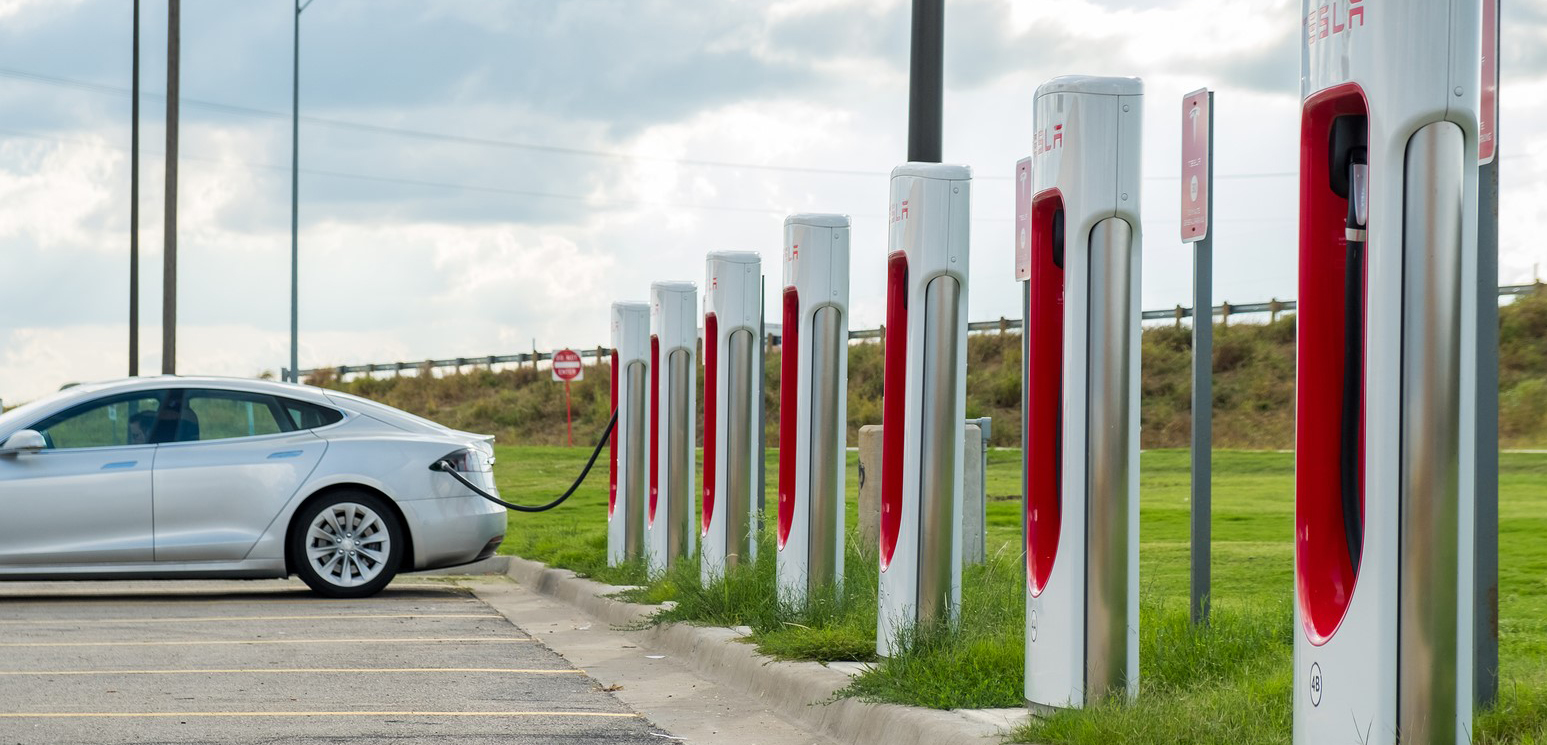Concerns concerning greenhouse gas emissions, the climate system, and the rapid depletion of natural resources have heightened the need for new ecologically friendly, long-lasting alternatives to internal combustion to be developed and used (ICE). As a consequence of their low fuel dioxide emissions and reduced dependency on oil, EVs have grown in popularity over the last decade.
Until recently, electric vehicles were more expensive than gasoline-powered vehicles. They are now widely available at reasonable costs. But, before you buy one, check it out by renting it first, as it comes with free delivery in Wales.”
Have a brief look at the role of the EV
EV automatic conductive charging system
In conductive charging, the EV connection and the charge inlet are directly linked. Cables may be plugged into standard electrical outlets or charging stations. Conductive chargers for EVs have the advantages of maturity, simplicity, and low cost because they simply employ plugs and sockets to transport electrical energy through physical metal contacts. There are two choices for EV charging stations that employ the conductive technique.
EV conductive DC charging system
To charge the battery off-board, a DC charger is used. It makes use of specialized DC EV supply equipment to give energy to an EV at a public location through a suitable off-board charger. Fast DC charging is the technical word for it. There is power-level flexibility, unlike incorporated chargers. It has a capacity of 50 KW, which means it can charge the battery from empty to 80 percent full in 20 minutes. This amount, however, may vary depending on the state of the battery and the quality of the car.
EV conductive AC charging arrangement
AC chargers are most commonly used in the charging process of electrical outlets. Simply connect the car into a conventional electrical outlet or a higher-power outlet designed exclusively for electric vehicles to charge it. As you can see, this type of filling station takes minimal space and materials. Charging, on the other hand, is more time-consuming and requires the use of an onboard charging device, which adds weight to the vehicle. Onboard chargers are an exception due to their restricted power supply.
Furthermore, firms such as Statiq are proposing to cooperate with them by establishing an EV charging stations at your market, which would promote the notion of utilizing more electric cars in India.
EV wireless charging stations
In a world where electric car charging is a critical element in improving energy switching, other options may arise alongside electric charging stations. One of the choices is wireless charging. Wireless automotive charging, with a few exceptions, is an upgraded version of smartphone charging. It has the potential to be a game changer in terms of providing faultless EV charging.
Is EV cheaper to run?
Electric vehicles have lower operating costs than gasoline and diesel automobiles. The majority of countries purchase crude oil, and prices change based on worldwide rates at any particular time. When compared to gasoline or diesel cars, electric vehicles have a cost of ownership that is at least 5-6 times lower.




